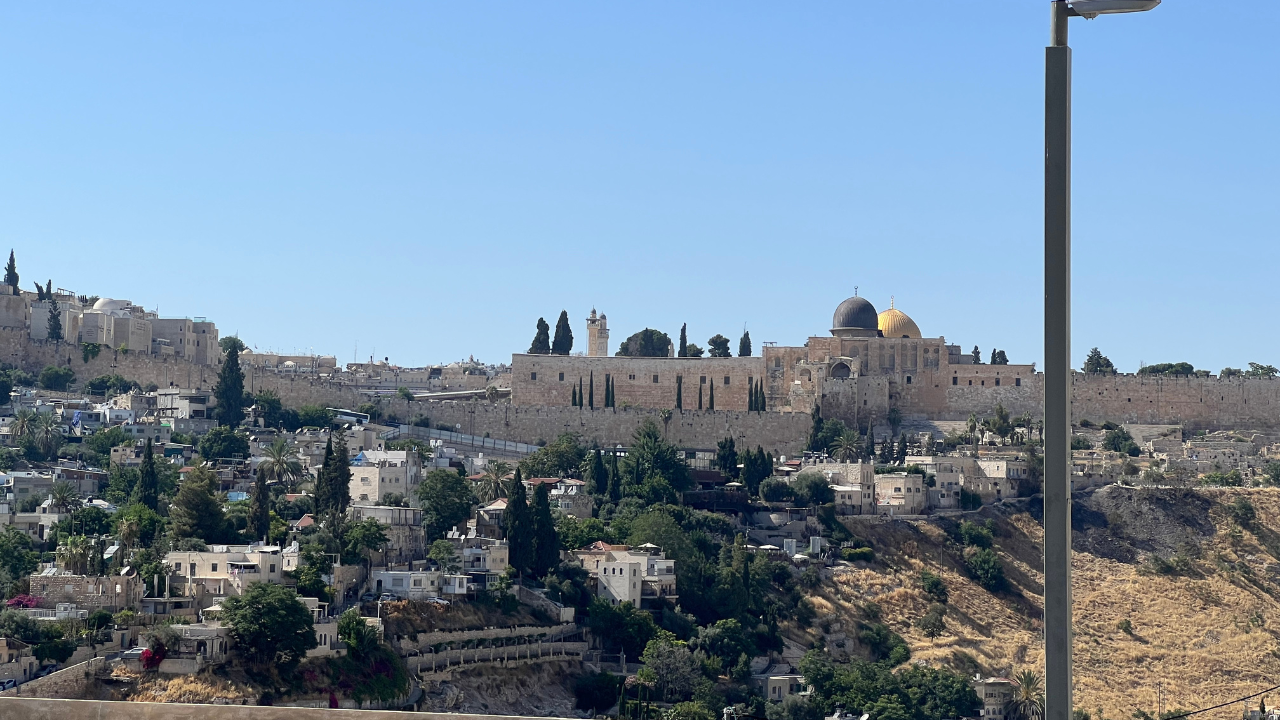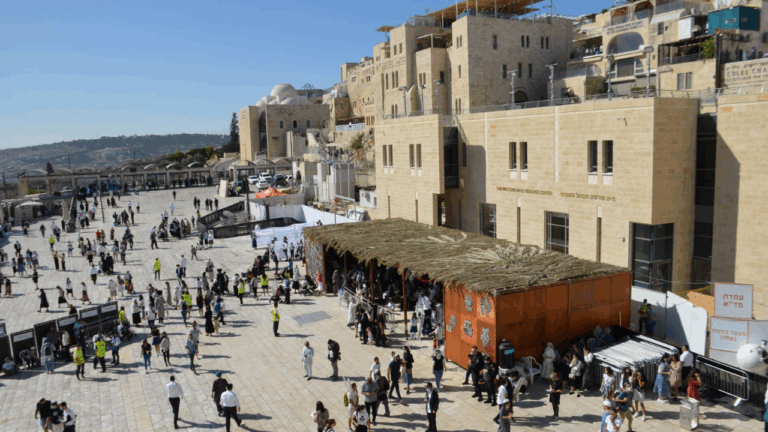The Arzei Levanon of Jerusalem: Rebbe Shimon ben Gamliel
We famously commemorate the ten great martyrs, known as the asarah harugei malchut, every Tisha B’Av and Yom Kippur. These giant Torah sages, likened to towering cedar trees, were cut down by the Romans in brutal fashion. As we near the Three Weeks and the period in which we mourn Jerusalem’s destruction, I thought it would be appropriate to discuss the loss of these tzaddikim and their connection to our holy city.
(As an aside, the midrashei Chazal portray their martyrdom as if it happened in one fell swoop, a single decree from a Roman ruler that led to the demise of all ten Torah scholars. But as Rav Sherira Gaon already noted, it is clear that Chazal did not mean this literally. The deaths of these scholars could not have happened simultaneously. In fact, they were spread over 100 years of history. The first martyrs were killed close to the destruction of the Beit HaMikdash, while Rebbe Akiva and his student Rebbe Elazar ben Shamua were killed after the Bar Kochva rebellion. Chazal viewed these tragic deaths as parts of a larger decree from heaven, and therefore portray them as one decree in the lower world as well.)
The first two martyrs were killed as Jerusalem was nearing destruction: Rebbe Shimon ben Gamliel, the great-grandson of Hillel and prince of Israel, and Rebbe Yishmael Kohen Gadol, the high priest known for his great piety and beauty. It is not a coincidence that the Romans chose these two tzaddikim as the first of their victims. On a superficial level, it would seem that the Romans sought to eradicate opposition and would naturally target the greatest political leaders of Israel. However, it doesn’t seem that Rebbe Shimon or Rebbe Yishmael were involved in any rebellious activity (in fact, they may have opposed it). It is more likely that the Romans sought to break the Jewish people’s resolve and pride; these two gems were central to the identity of Klal Yisrael.
On a deeper level, Rebbe Shimon and Rebbe Yishmael are profoundly interconnected with Jerusalem. Their deaths were natural spiritual harbingers of the imminent destruction of Jerusalem. Rebbe Shimon was the Nasi, the descendant of David HaMelech who sat at the head of the Sanhedrin.
As we have already noted, David HaMelech is not only responsible for the physical construction of Jerusalem. His legacy and spiritual destiny are deeply intertwined with the city. In the third beracha of Birkat HaMazon which is dedicated to Jerusalem, one must mention David’s monarchy (see Shulchan Aruch, Orach Chayim 188:3). The commentators explain that Jerusalem’s restoration is not a technical outcome of the Mashiach’s arrival. Rather, the city cannot attain her previous glory without David’s descendant at her helm.
This can explain an anomaly in the blessing of ולירושלים עירך in the Amidah prayer. The beracha closes with a reference to David HaMelekh, וכסא דוד עבדך מהרה לתוכה תכין, and the throne of David Your servant You should speedily establish. Normally, a blessing must close with its essence and main theme. In fact, we sometimes add on an extra line to the end of a beracha that is superfluous just to ensure a proper closing (such as havdala). Why do we close the blessing of Jerusalem’s restoration with a reference to David’s monarchy? This question is particularly poignant given that the next beracha in the Amidah is dedicated to requesting David’s restoration. Why mix David into this blessing when we will mention him momentarily? But based on what we noted above, the explanation is obvious. The restoration of David is fundamentally and spiritually necessary for Jerusalem to be restored. Their destinies are entirely intertwined to the point that a reference to כסא דוד is viewed as thematically identical to ולירושלים עירך ברחמים תשוב. Given these deeply rooted connections between Rebbe Shimon’s ancestors and Jerusalem, his death inflicted a grievous spiritual wound on the Davidic line and, by definition, on the spiritual vibrancy of Jerusalem itself.



